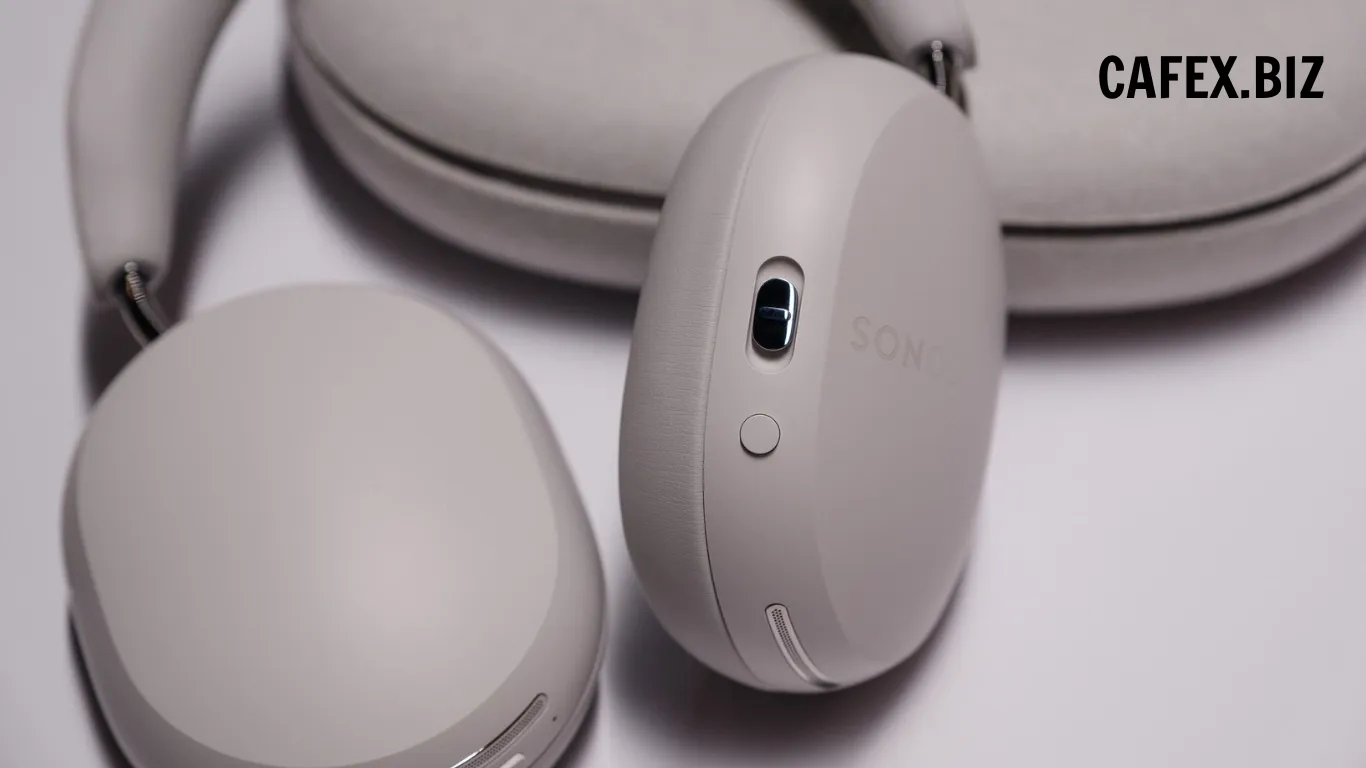Vision Pro - Apple's first mixed reality headset that was announced at the developer conference - WWDC 2023 is facing serious supply chain challenges.
According to Neowin, the Vision Pro is a mixed-reality headset that allows owners to interact with apps on the screen while viewing the real world, which Apple calls "spatial computing". At the time of launch, Apple said the company wanted to widen the gap between the launch and release (early 2024) of the Vision Pro to allow developers to create apps for the device.
-1688540476.jpg)
However, a new report now shows that the delays are mainly due to production issues rather than developer requests. And it could be even worse, according to a recent report.
Fewer than 400,000 Vision Pro units will be produced
According to a new report by the Financial Times, Apple is forced to cut the expected production of Vision Pro - the mixed reality glasses due to the complexity of the device. Not to mention, even plans to produce a cheaper version of this mixed-reality headset have been pushed back due to product design and manufacturing problems.
-1688540495.jpeg)
Explaining the reasoning behind Vision Pro's troubles, technology consultant Jay Goldberg said: "This is the most complex consumer device anyone has ever made." Overall, there's a lot of technology in the Vision Pro, and Apple knows it takes time for the company to scale.
-1688540579x1024.jpg)
Financial Times sources said Luxshare-the Chinese equipment manufacturer that was believed to be the sole assembler for the Vision Pro, is preparing to complete less than 400,000 units in 2024. Additionally, according to the two sole suppliers for some Vision Pro components, Apple is currently asking them to supply only about 130,000 to 150,000 devices next year.
-1688540511.jpg)
These numbers all represent a significant drop in the initial production forecasts for the Apple Vision Pro, amounting to about 1 million units in its first year. Previously, Apple sold 1.4 million iPhones in the first year of its launch.
Reasons behind Apple cutting production of Vision Pro headset
The main challenge of producing the VisionPro lies in its expensive displays. These include two micro-OLED screens on the inside and an outer screen that acts as a curved lens. While the internal display offers a resolution that surpasses all others in the market, the outer curved lens allows the user's eyes to be exposed to the outside world.
Many sources said that the Micro-OLED screens equipped on the device prototypes appeared at the past WWDC 2023, provided by Sony in conjunction with TSMC. According to FT sources, Apple is not satisfied with the productivity of its suppliers. These screens are the most expensive components on the Vision Pro. But a recent report said that, even when pressed by Apple, Sony does not want to increase production of Micro-LED screens due to doubts about demand for this component.
Therefore, some reports have suggested that Apple is working with Samsung and LG to develop the next generation of these mixed reality glasses, but using Mini-LED screens to be cheaper. However, FT sources said that Apple is still adamant about using Micro-OLED screens even on low-cost "non-Pro" devices, even though suppliers do not meet the production requirements.
Not only is Apple unhappy about the decision, but the assembly company Luxshare itself is not happy. Many sources of FT said that this processing company is equipped with more machines and equipment systems to be able to produce 18 million products per year in the near future.
-1688540563x1024.jpg)
Despite these difficulties, market research firm Canalys believes that Apple Vision Pro will have 20 million users after five years of launch. “Given the limited production numbers, it will be flying off the shelves, pre-ordered by Apple’s loyal fans and high net worth users in the US,” Canalys said. The company also forecasts that Apple will produce 350,000 products next year and increase to 12.6 million products in the next 5 years.
-1688540447.jpeg)

-1706925458.jpg)

-1708932740.jpg)